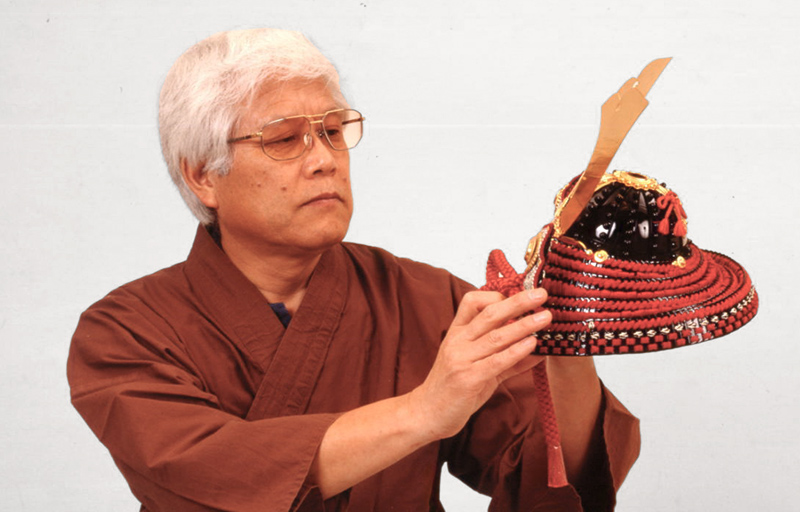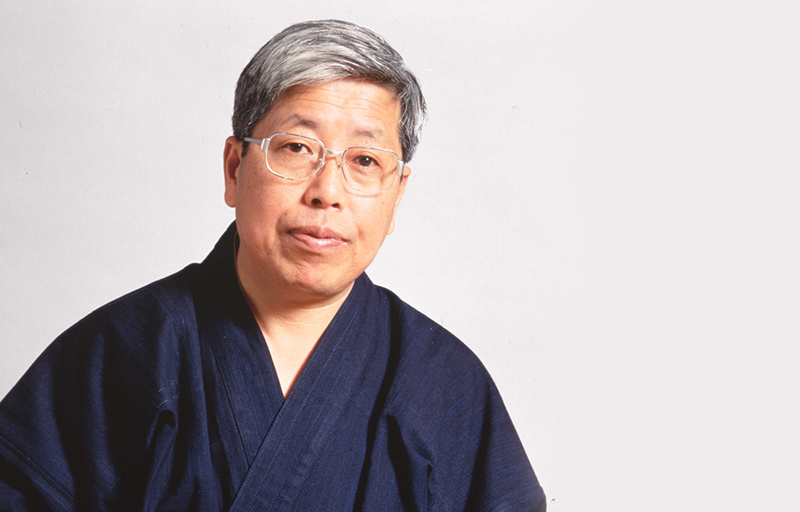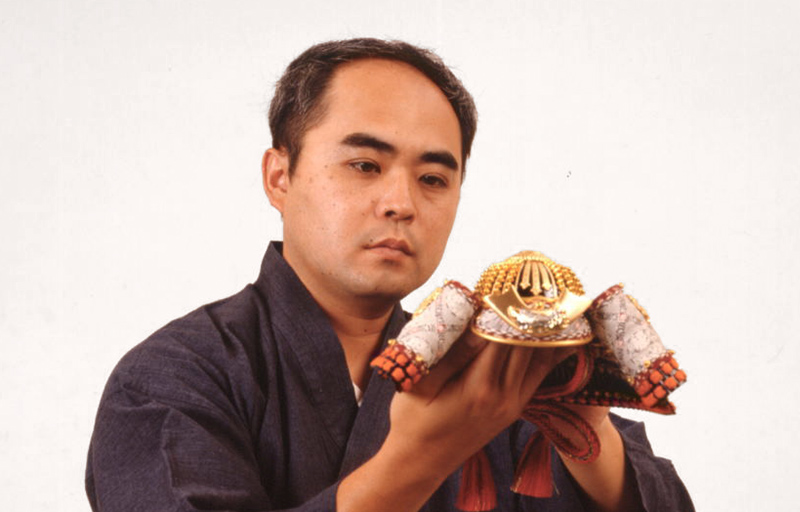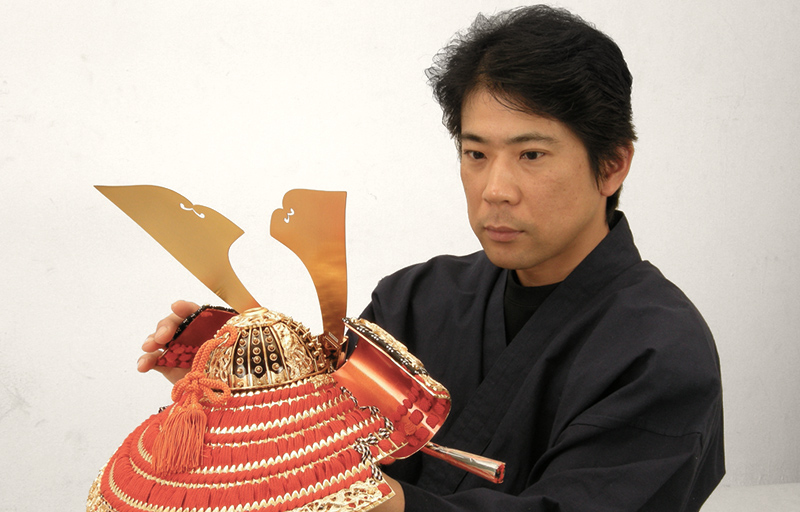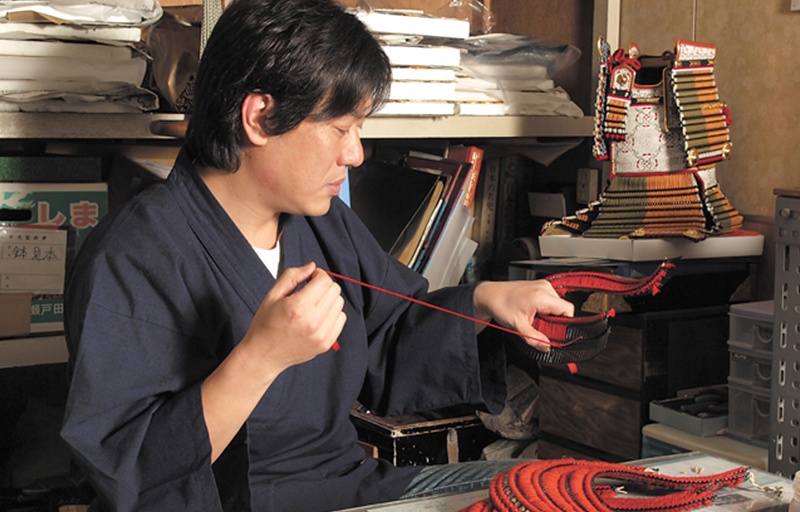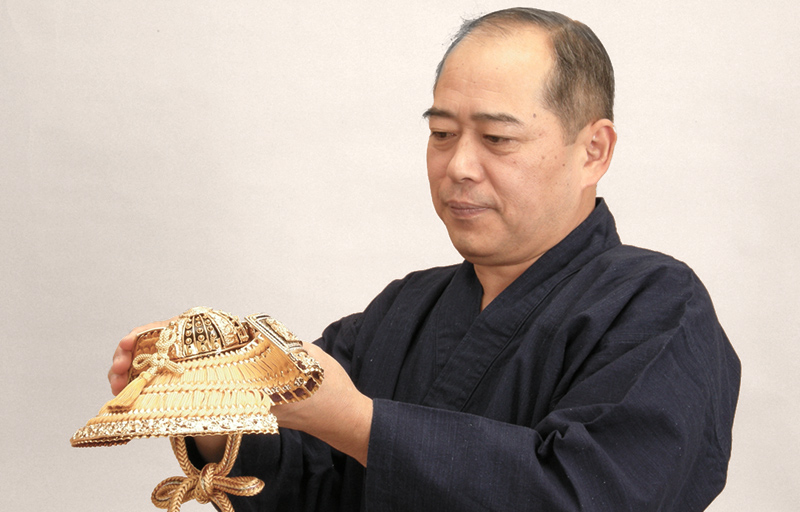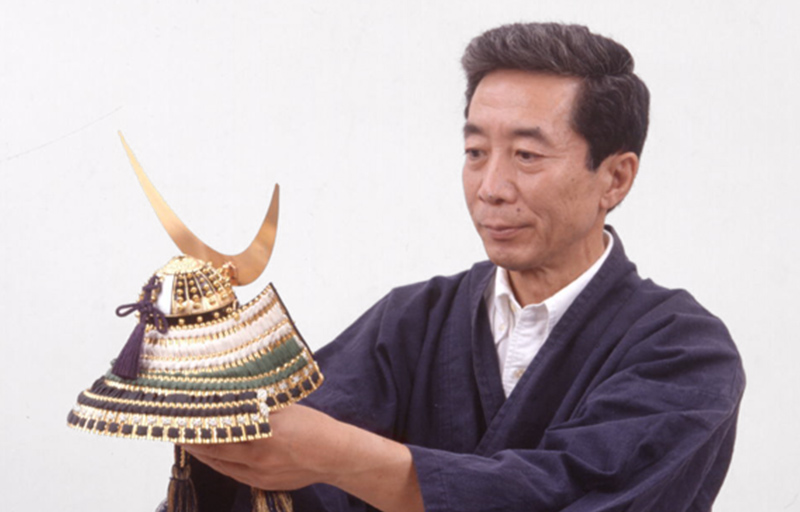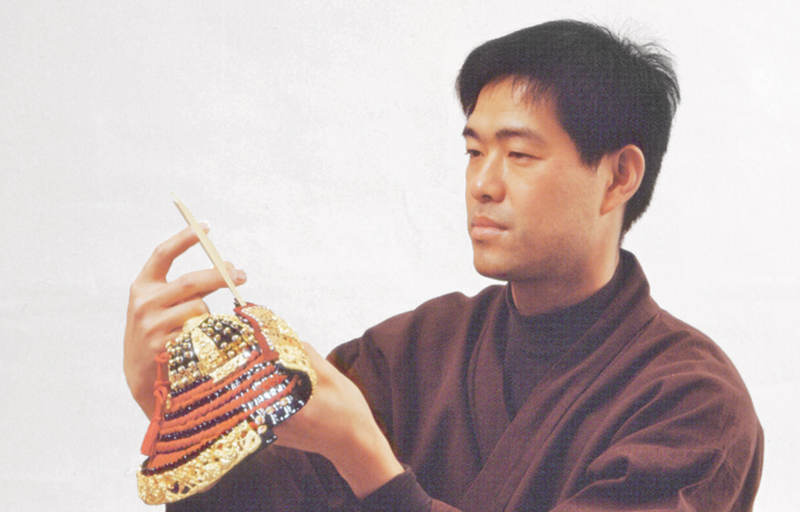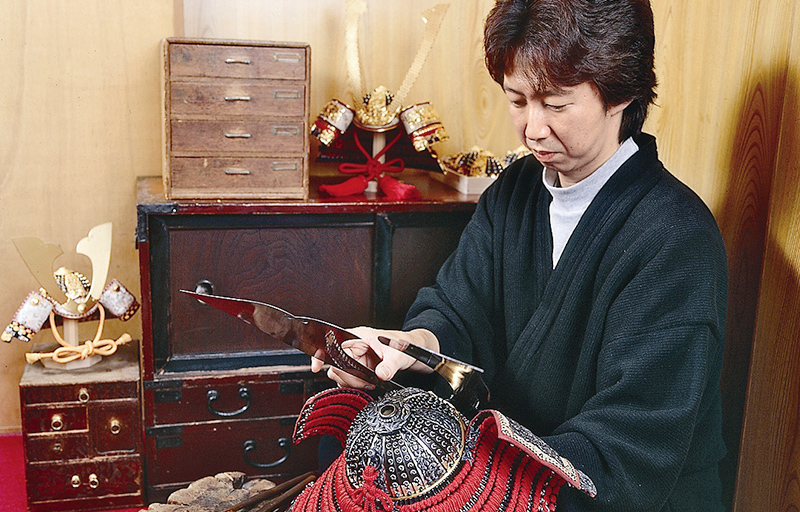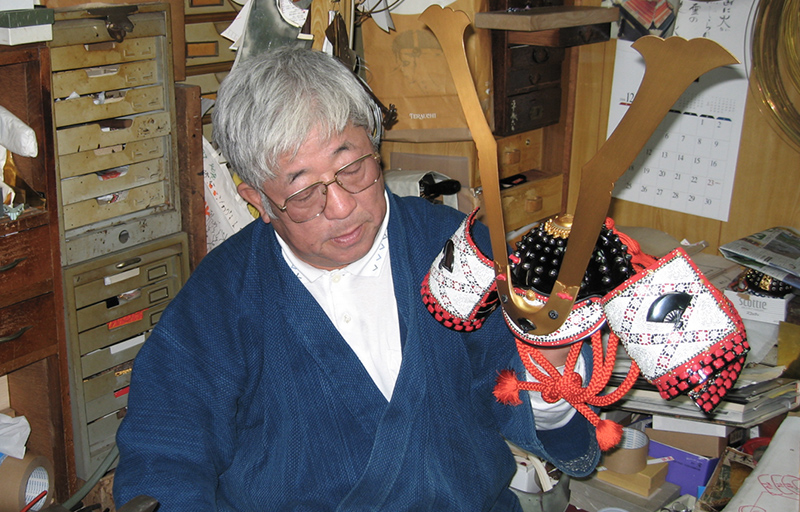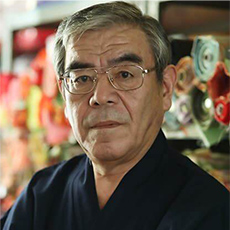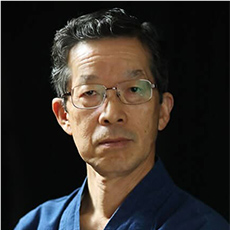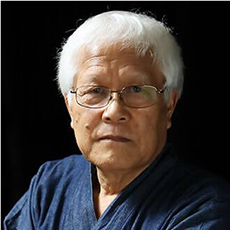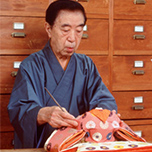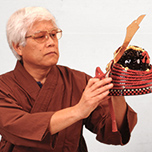Gogatsu Doll is roughly divided into armor, helmet, and child general.
There are different kinds of armors according to the style, such as Ō-yoroi (large armor) of Gempei era, Dō-maru, or Haramaki (armor lacking a solid breastplate and sleeves) from Nanboku-cho period to Muromach period, Toseigusoku of Sengoku era, etc.
To accompany the change of armor, there are various types of helmets, from the luxurious Ō-kuwagata (large hoe shapes) and the elegant Naga-kuwagata (large hoe shapes) of the Gempei era to the practical Namban helmet of the Sengoku era.
The child general is made with the theme of a bold hero, emphasizing manliness, and the Ō-yoroi (large armor) child general wears these features on his head and body.
In ancient Kyoto, features of the skill of making armor is the binding and joining of three tools (the visor, head-protection, and shin guard) and stamping real gold leaf on the Shikoro (series of articulated plates of helmet) and Kozane (armor platelets).
Before, in Kanto, the features were mainly to cut metal or to glue together Japanese paper or leather one by one; but now, there are skill exchanges between Kyoto and Kanto, and the styles are more similar.







